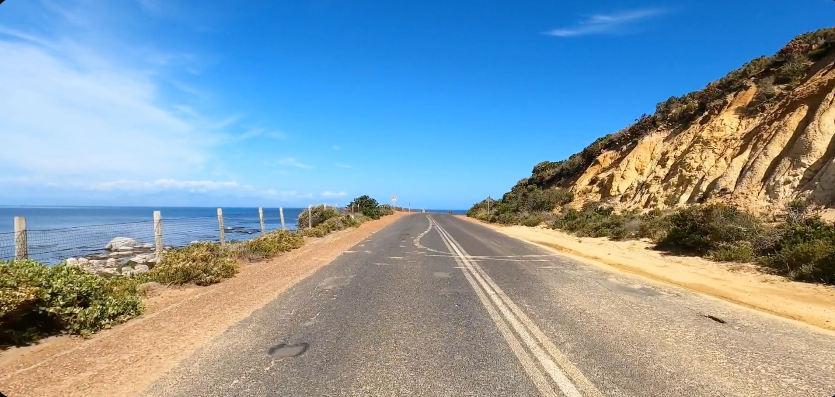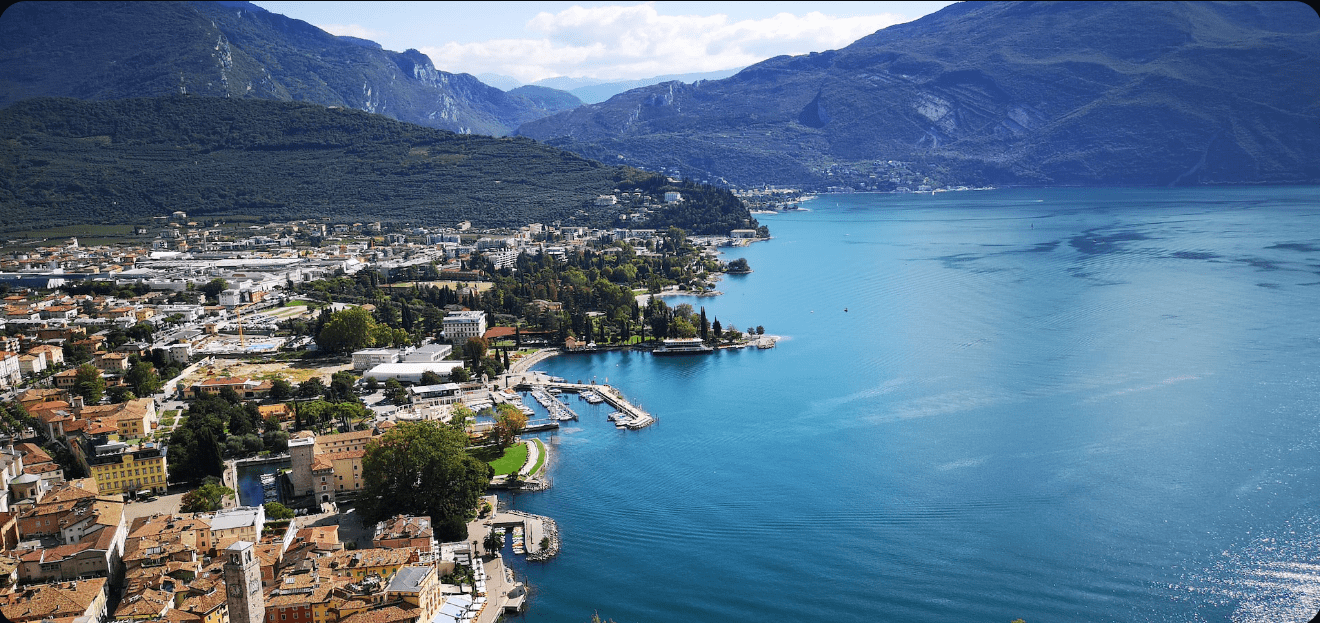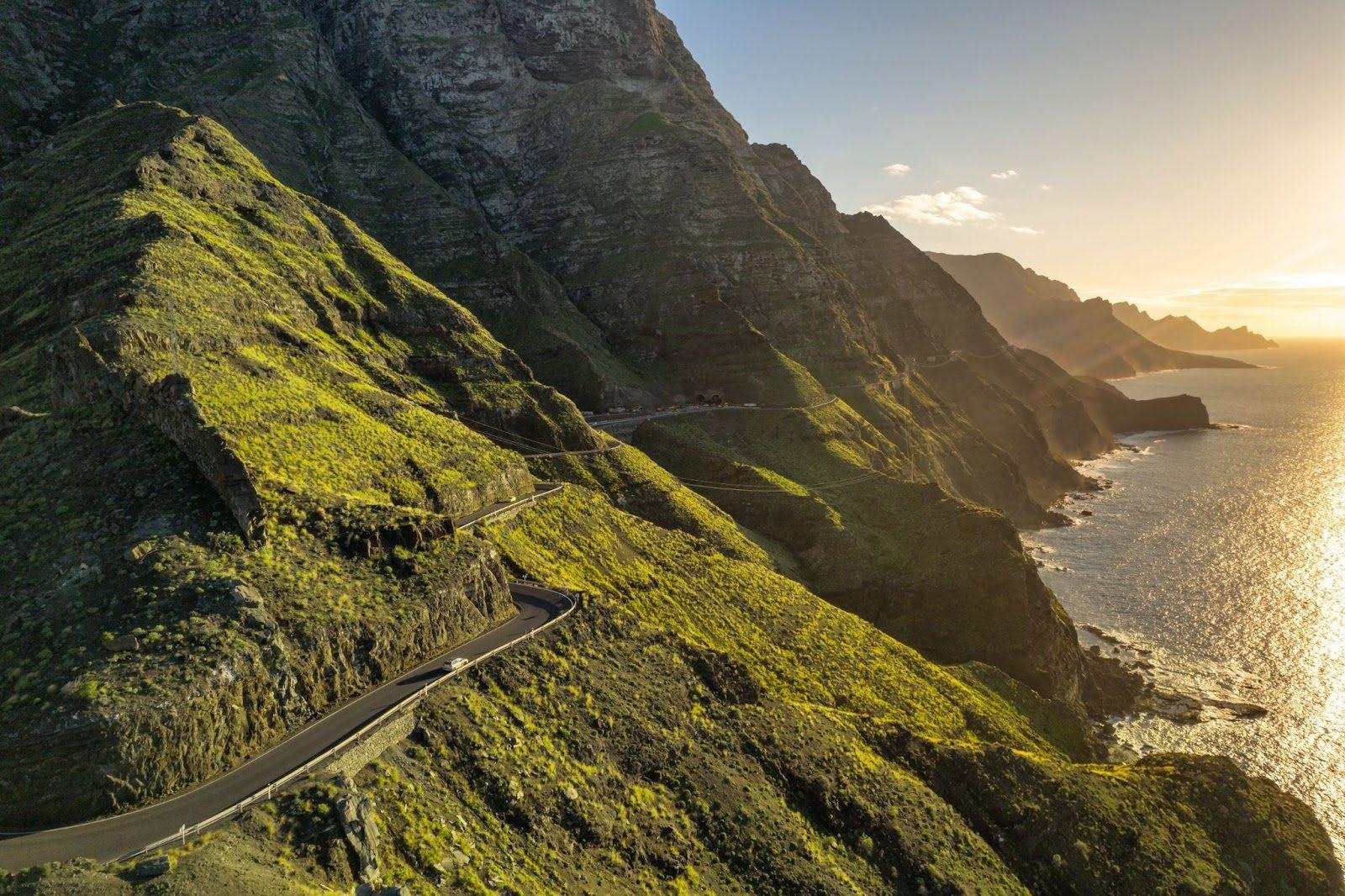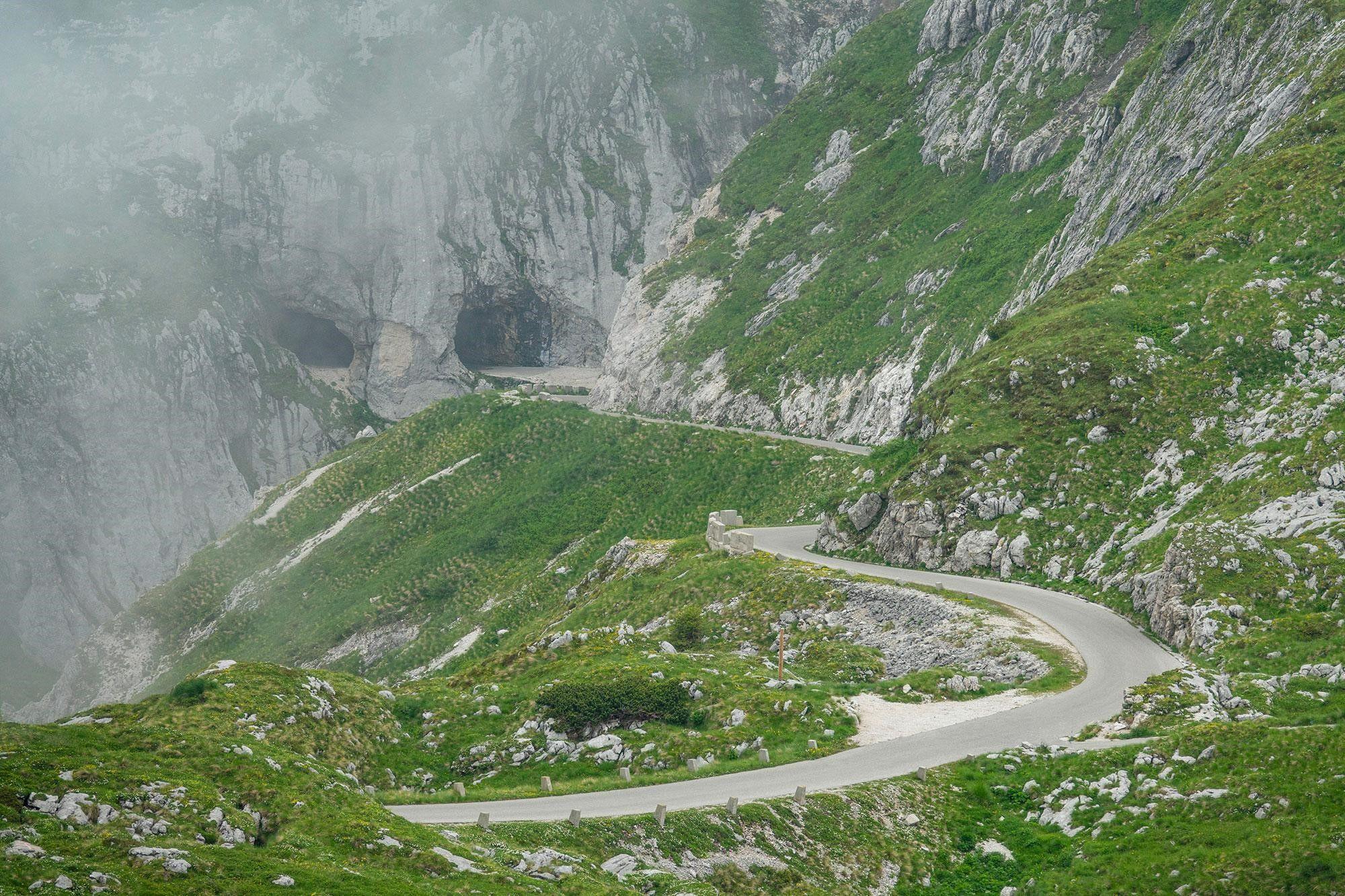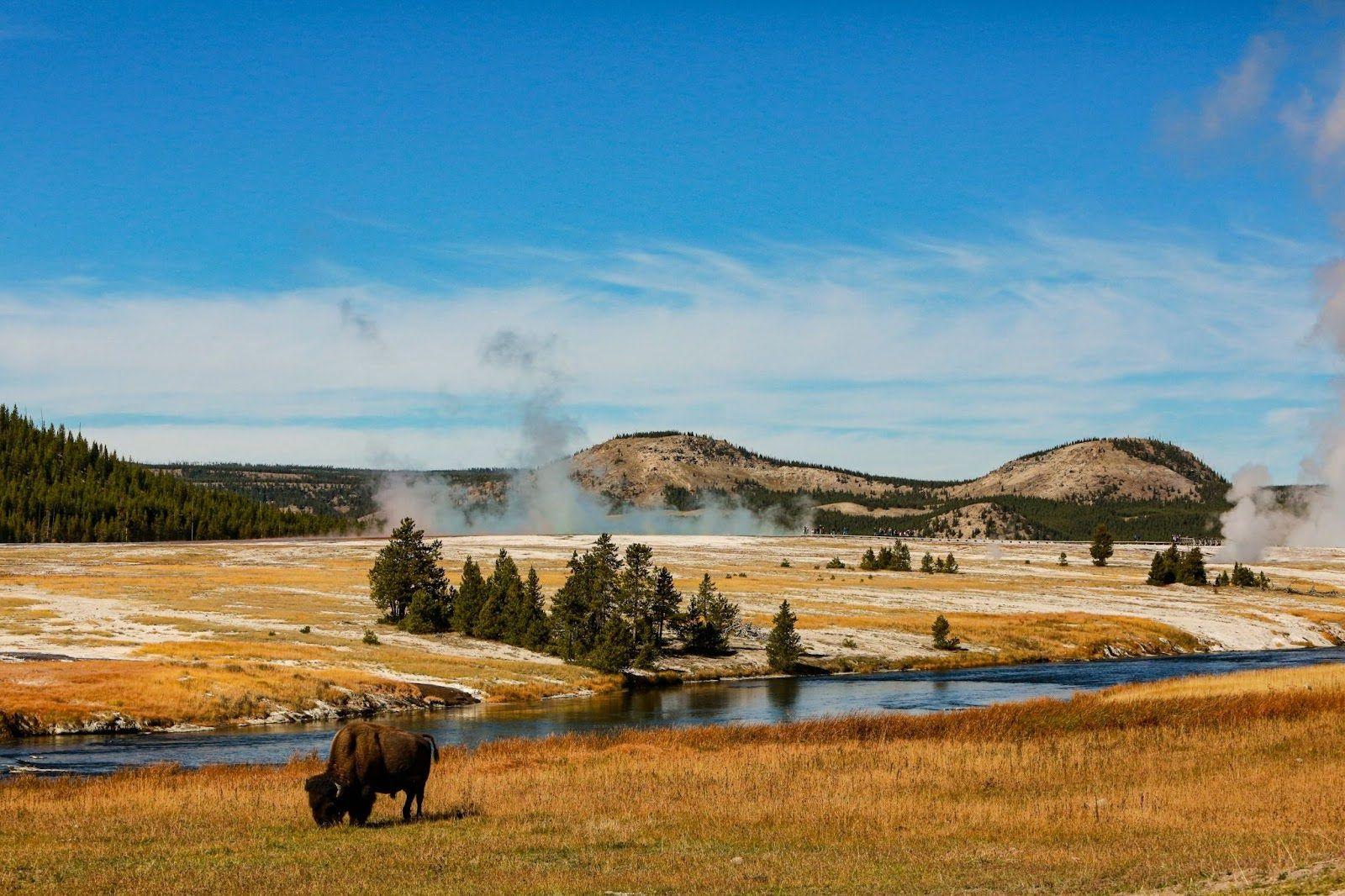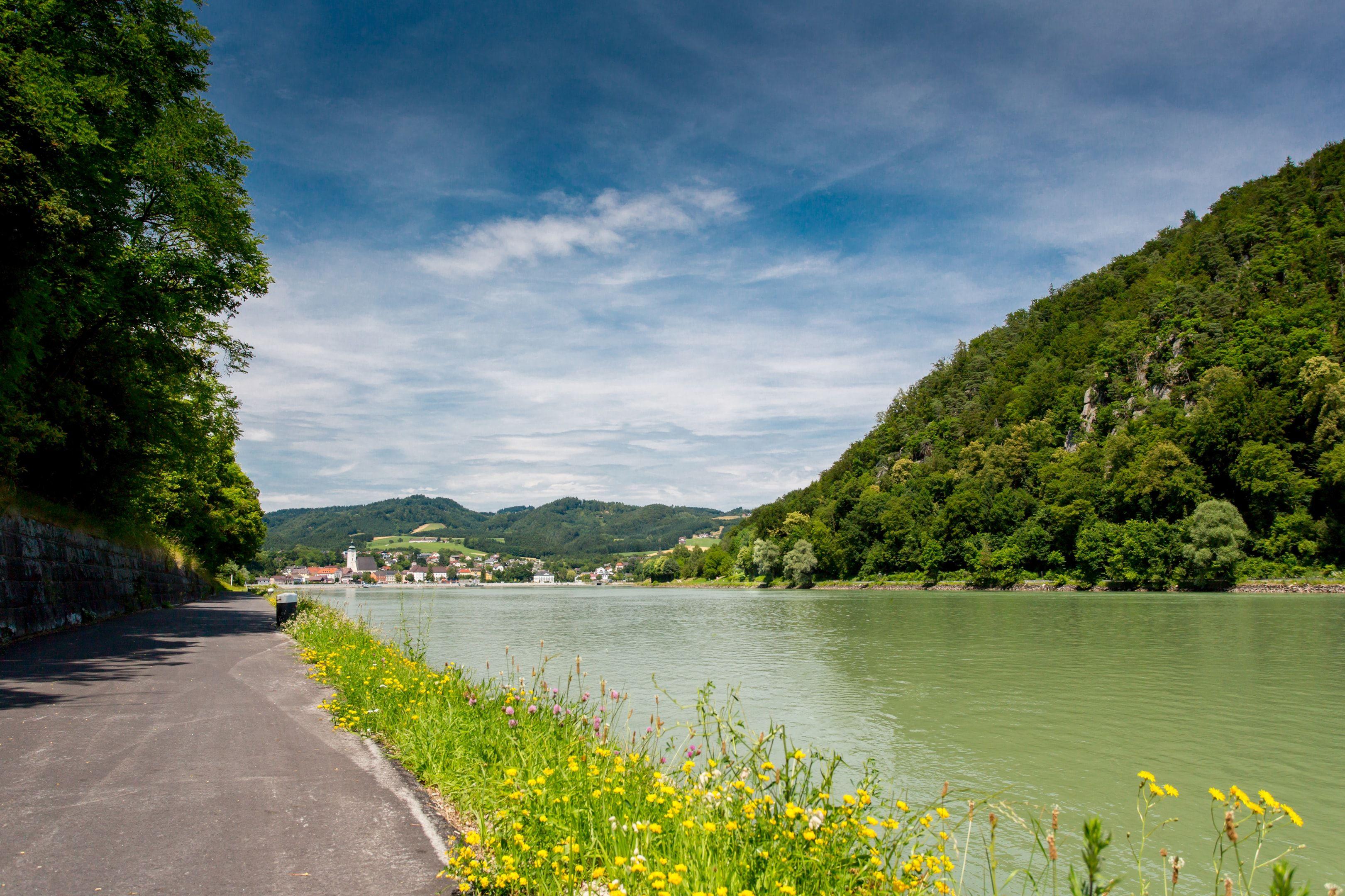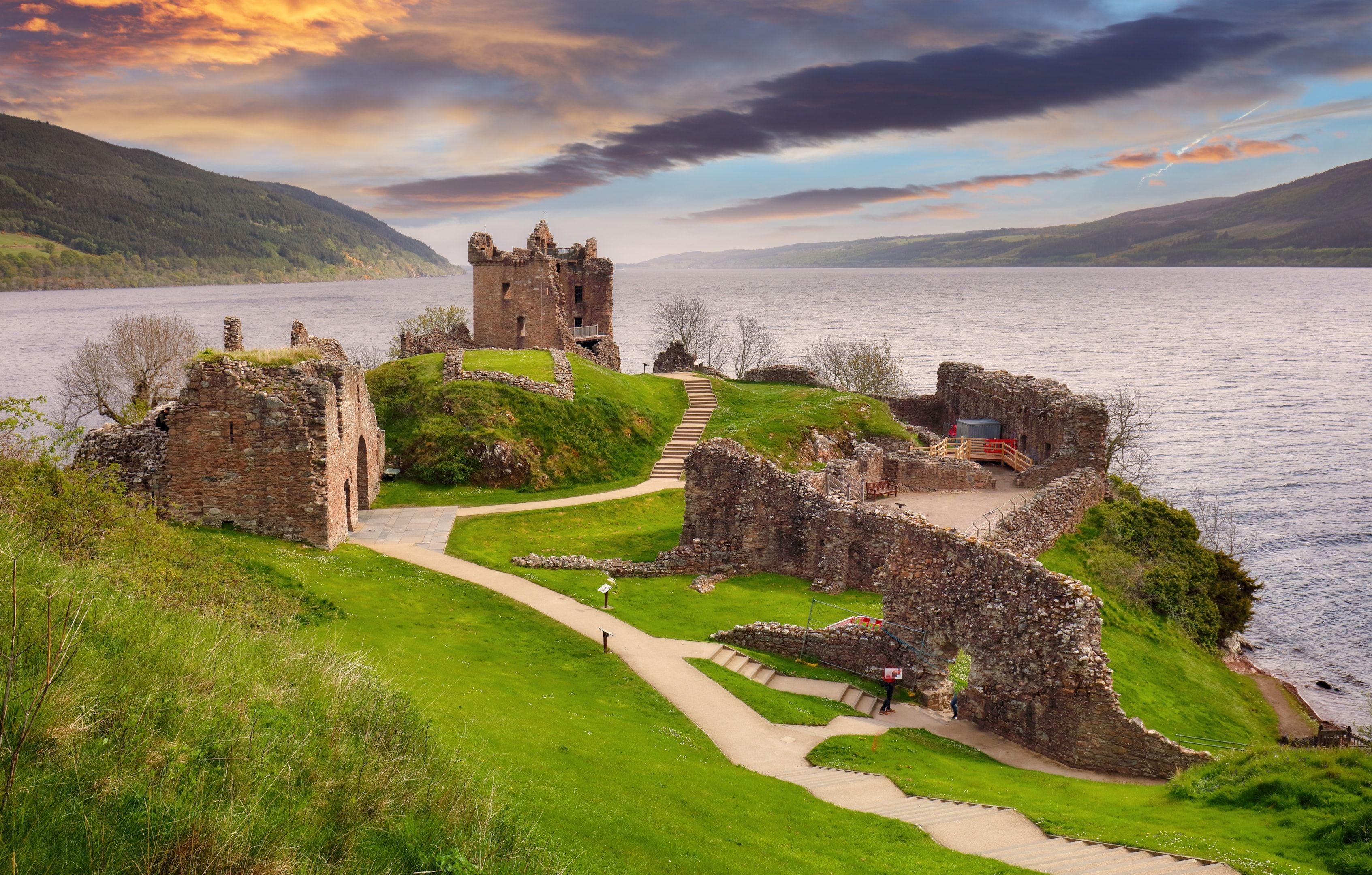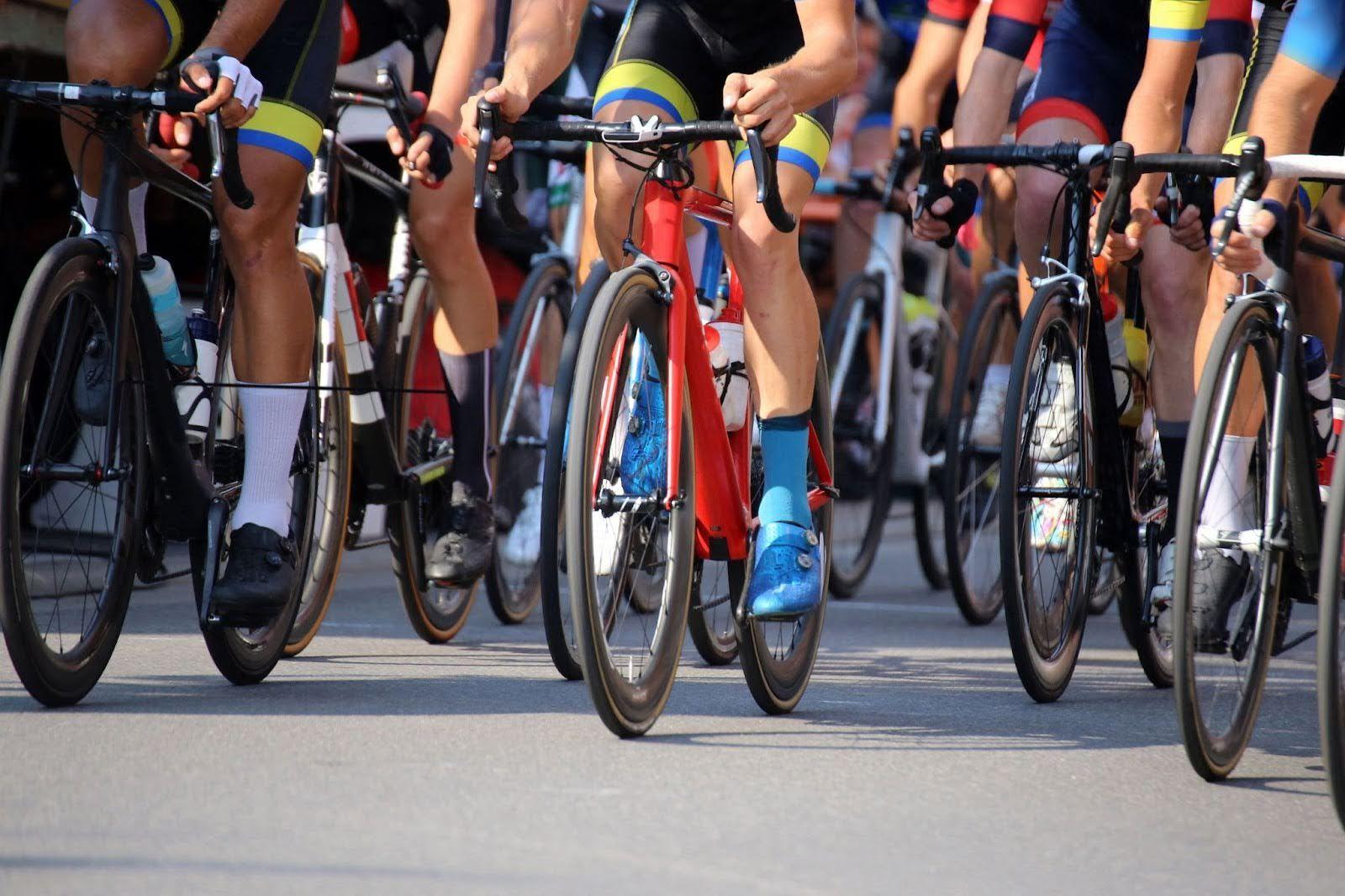Here, between Cape Point and the Cape of Good Hope, we will find two famous landmarks in the history of the European age of African exploration between the 15th and early 19th centuries. We will also be riding one of the most scenic sections of the famous Cape Town Cycle Tour. This iconic Tour is the biggest timed cycling event globally with 35 000 participants, taking place in March each year, of which I have done quite a number! Its origin goes back to the 1970s.
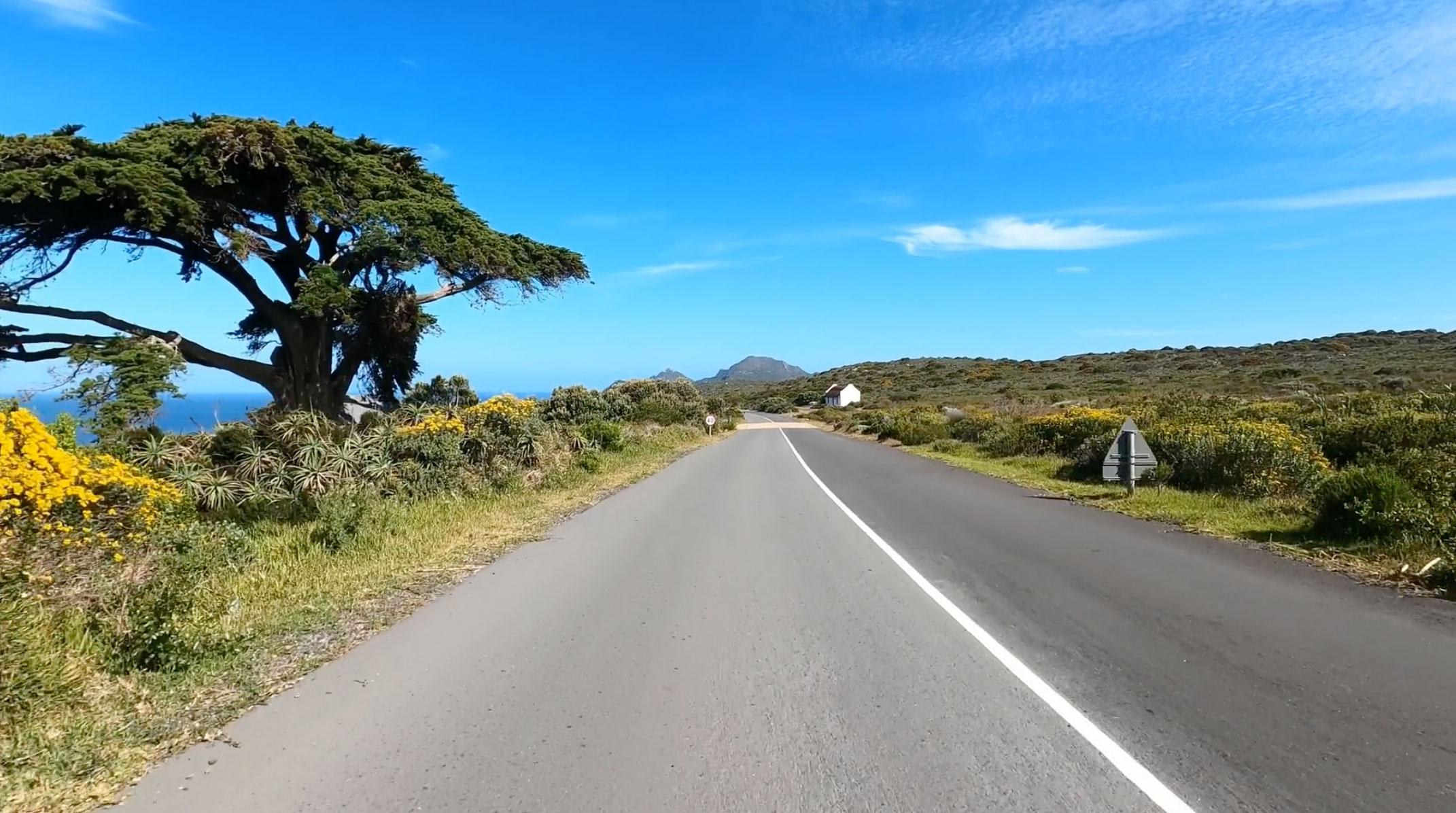
Historical beginnings
We begin our journey outside the 200-year-old historic naval village of Simons Town, South Africa's biggest maritime base and harbour, on False Bay and founded by the governor of the Cape Simon van de Stel back in 1743 by the Dutch East India company. During World War Two, Simons Town became a refuelling and refitting base.
The Cape Cycle Tour
The next part of our journey takes us along the coastline past the Smitswinkel Bay flats area which is part of the famous Cape Cycle Tour. With its start point in the middle of the Cape Town City Centre, 40km of the 108km race is already under the belt, with another 68 km to go with a total ascent of 1685m. Our ride then goes past Buffels Bay and finally enters the scenic Cape Point Nature reserve and National Park.
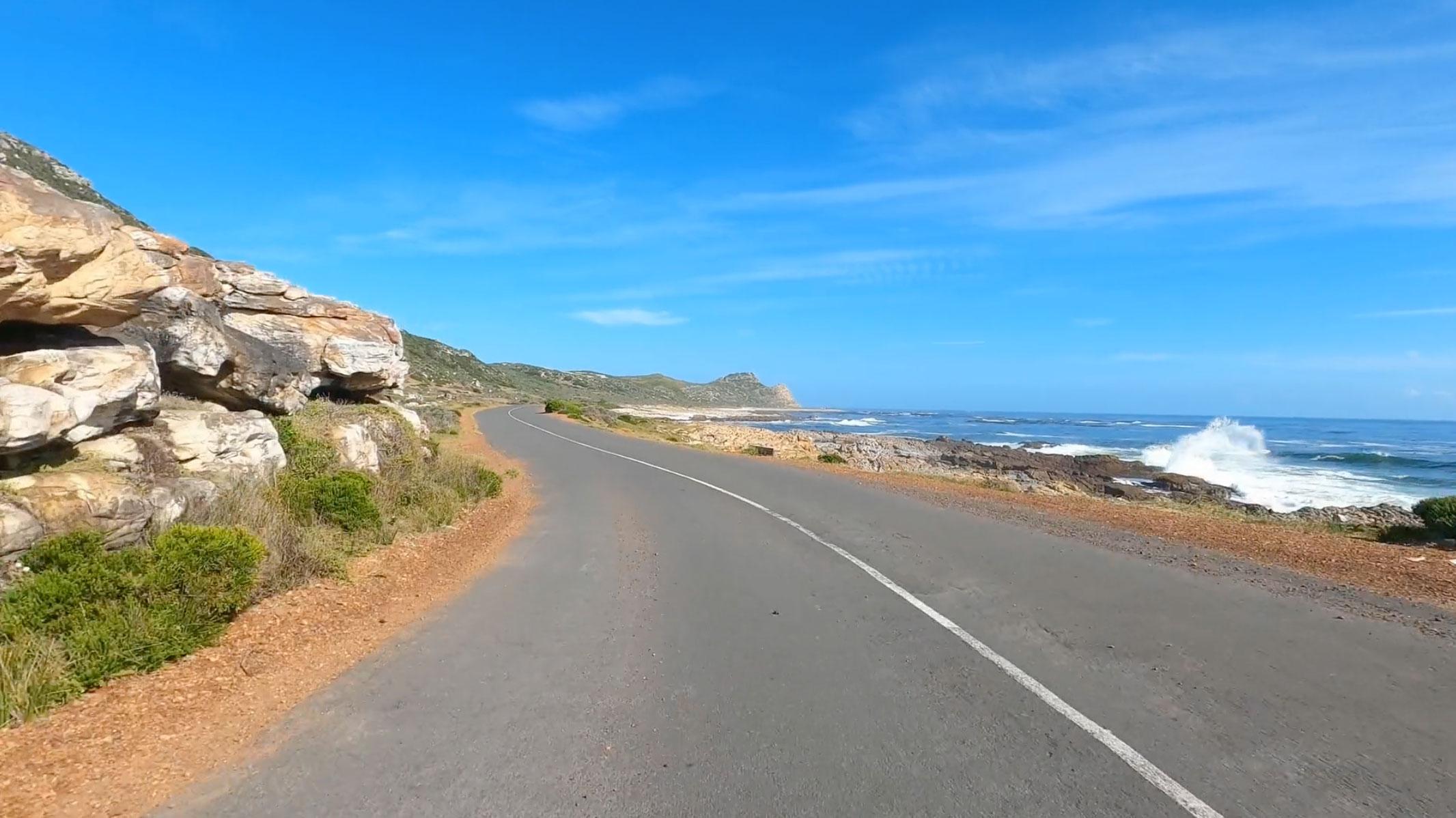
Our undulating ride into this park is home to many bird species, including one of the two mainland colonies of African Penguins, free-roaming ostrich, zebra, bontebok and baboons. The nature reserve's diverse habitat ranges from rocky mountains, indigenous fynbos vegetation, beaches and the open sea. You can watch for penguins, whales, dolphins and sharks, bringing together a spectacular array of fauna and flora. The air is the purest globally in this region and ideal for the Global Research Watch's atmospheric research station to monitor changes in the earth's atmosphere.
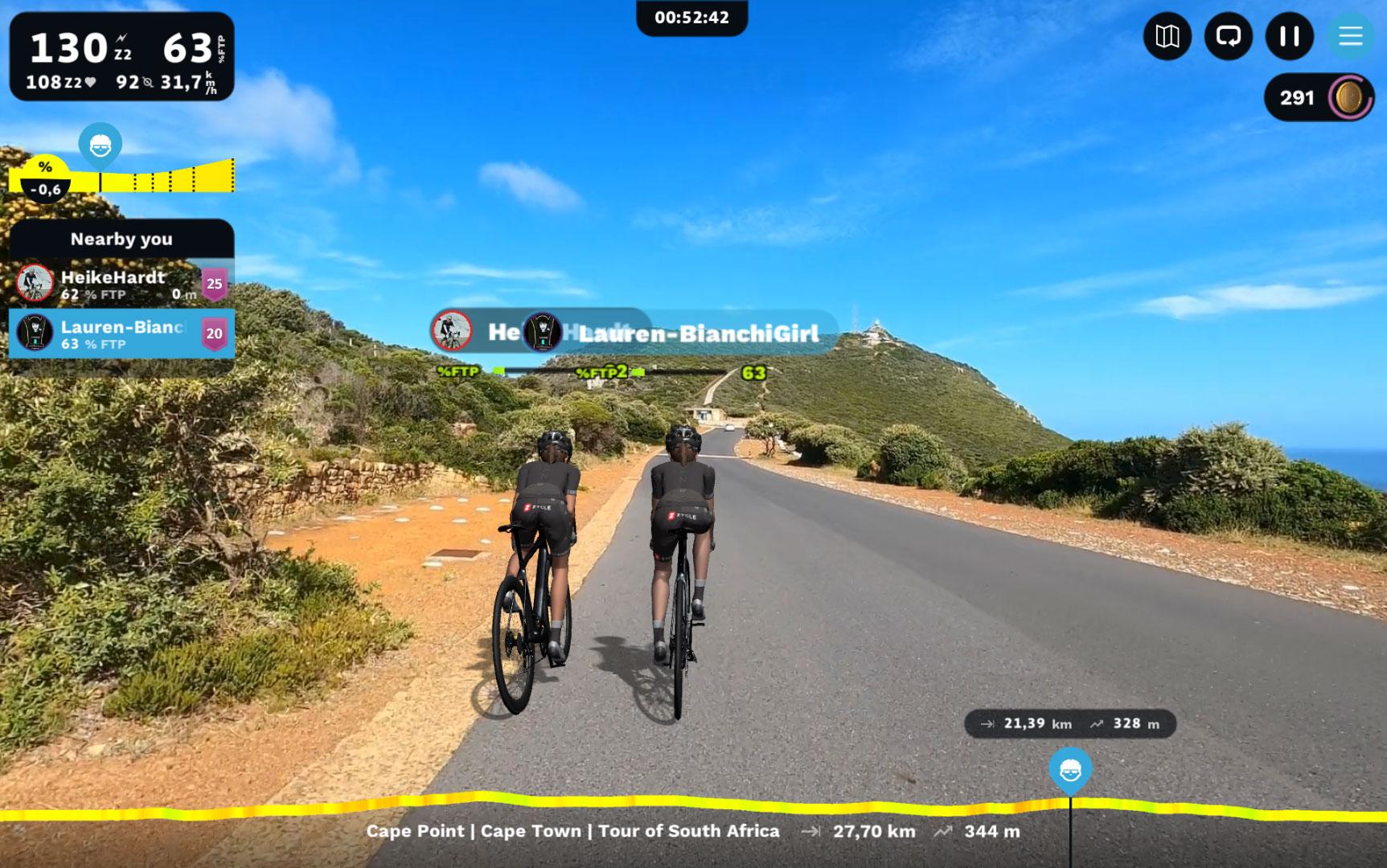
The National Park Padraos
Further along into the park are the monuments representing the first attempt to round the Cape of Good Hope to reach India in 1488 which failed with the Portuguese Bartholomeu Dias at the helm. He had misjudged the harsh south-easter that kept blowing his vessel out to sea. Still, he turned around and headed back, where he finally managed to discover the famous Cape Point on his return journey to Europe. He raised the monument called the Dias Cross or Padrao, which you will pass as you ride through the reserve. The treacherous region was aptly named Cape of Storms by Dias and should not be confused with the southernmost tip of Africa, Cape Agulhas, where the Atlantic and Indian Ocean currents merge.
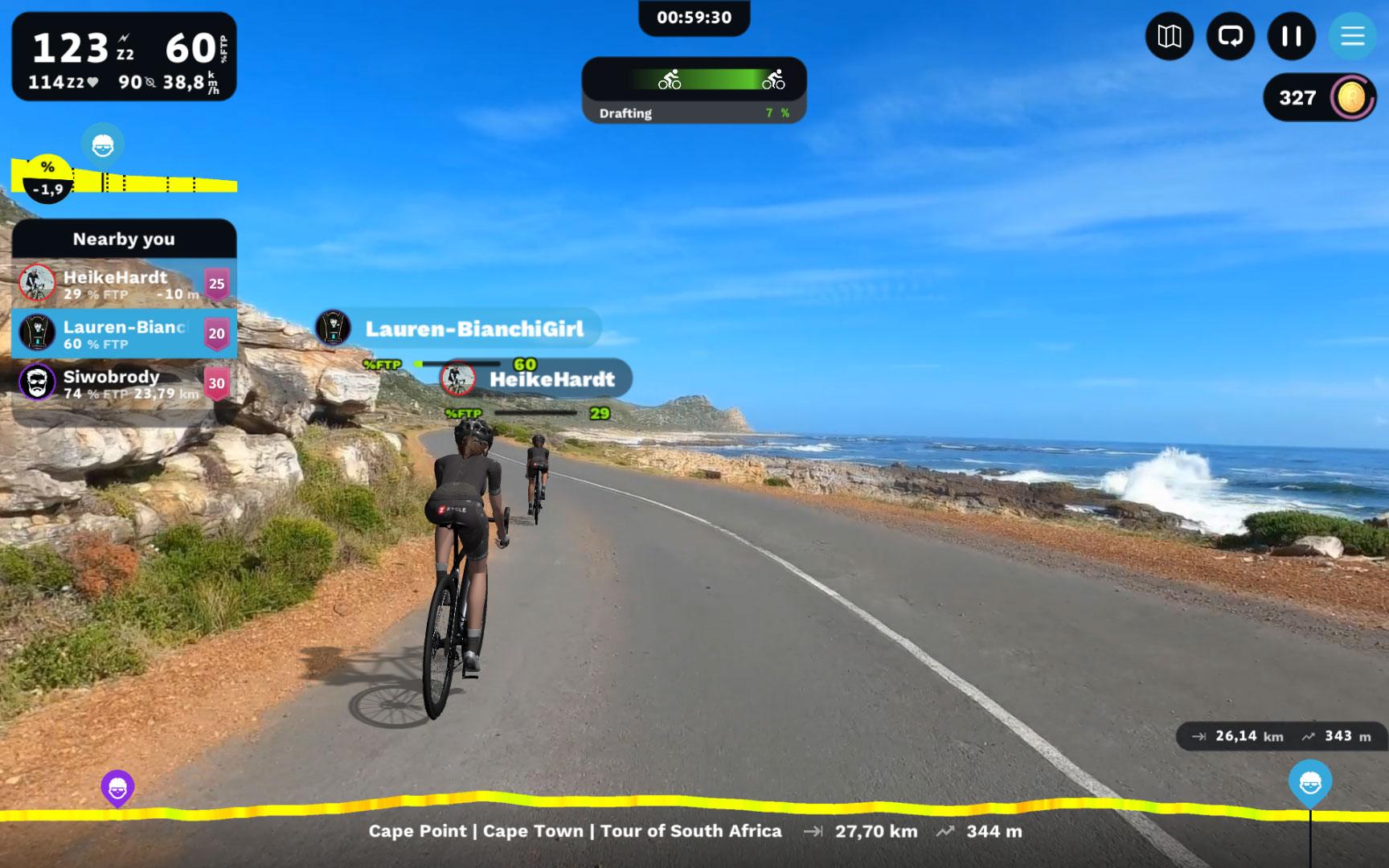
The second monument is situated nearby, erected by his successor Vasco da Gama, the explorer who finally managed to round the Cape and reach India. These tall 'padraos' served as beacons to warn passing vessels of treacherous craggy cliffs at False Bay. The Cape point working New Lighthouse with a range of 60km and Old non-working Lighthouses stand tall at the turnaround point. The route then takes you on a visit to two beautiful lookout points at the headland of rugged rocks and sheer cliffs, providing stunning views of the area's breathtaking panoramic scenery.
How to ride it:
The route is manageable for all abilities and fitness levels with a distance of 27km, a 1% average gradient and 344m of climbing on the most magnificent landscape. Enjoy the views! Use the first 4km as a warmup before the climb of 5,5 km averaging 3%, begins. Find an easy spinning gear and pace yourself to the top, after which you can enjoy some rolling terrain with a 6km fast downhill to the finish while you enjoy the spectacular views of the ocean breaking on the shoreline.
In case you are now tempted to explore the African continent, be sure not to miss the other five freshly filmed beautiful routes in South Africa, Namibia and Lesotho that together with the Cape Point course form a fun Tour of Africa with Giant and Liv.
JOIN the Tour of Africa race series offering four exciting Races and two social Group Rides to enjoy. Discover Africa from your home!
